G.J. Von Lauchen aka Rheticus was the only pupil of N. Copernicus. After having spent two years with Copernicus in Frauenburg (Frombork) he went to Danzig where he published his Narratio Prima or the First Report (1540) which is still considered to be the best introduction to Copernicus' De revolutionibus orbium coelestium. In 1542 Rheticus traveled to Nuernberg to supervise the printing of the Copernicus' book by Johannes Petreius.
A short passage in his Narratio (p. 465,12; 462,22,35) is the best key unlocking the astrological taproot of De revolutionibus. In this passage he refers to the sun not only as God’s steward of nature and king of all distinguished with divine Majesty, but also explains that the sun, like the heart in a body, guides the stars: like a ruler who does not need to go to various towns in order to execute his official duty, so the heart does not have to go to head, to feet, or to other part of the body in order to sustain life. This was a perennial mantra of all heliocentric astrologers throughout the ages. Let me decode this passage for you
Vedic Astrology is called “Jyotish” in Sanskrit Jyoti = Light + Isha=Lord = “Lords of Light” or “Science of Light” i.e. Heliocentrism. Jyotish i.e. Astrology was considered the most important part of the Vedas. In Hindu Pantheism the universe is evolving from the central Sun, the POINT (puru, like that of Big Bang), the ever-concealed germ. The central Sun is Deity – the World Soul. It is also the Chakra or circle of Vishnu.
The Babylonian astrologers were describing the sun as the fiery heart of the world, which vivifies the whole of this great organism, and as the stars obey its command, it reigns supreme over the universe. The radiance of its splendor illuminates the divine immensity of the heavens, but at the same time in its brilliance there is intelligence; it is the origin of all reason, and, as a tireless sower it scatters unceasingly on the world below the seeds of a harvest of souls. Our brief life is but a particular form of the universal life…
Ancient Egyptians expressed the same dogma as follows: “The heart is the center, its vessels lead to all the members; whether the doctor…lays his finger on the forehead, on the back of the head, on the hands, on the place of the stomach, on the arms, or on the feet, everywhere he meets with the heart (i.e. pulse) because its vessels lead to all the members.” The heart was therefore called also “the beginning of all the members.”
'As Above, so Below' proclaimed the basic, Hermetic dogma of astrology and the Greeks expressed the same idea in two corresponding terms: macrocosm and microcosm that suggested the same patterns were reproduced in all levels of the cosmos, from the largest scale (macrocosm or universe-level) all the way down to the smallest scale (microcosm, or sub-sub-atomic level). Now you better understand why the model of the atom mirrors the structure of the solar system.
In the dialogue Philebus (28d-30d), Plato argued that human beings and the universe are both composed of an elemental body and a rational soul, and that just as the human body derives from the universe's body, the human soul must derive from the universe's soul. The universe is, therefore, not only an orderly system but an intelligent organism as well. Plato expounded this theme at greater length in the Timaeus (29d-47e), where he explained how the structure of the human being parallels that of the universe through certain correspondences in body and soul. Just as the body of the universe is spherical, and its soul is composed of orbits along which the planets wander, so too the soul of the human being is composed of orbits along which its emotions rove.
It was possible to envision the zodiac as a great man lying in a circle with his head at Aries and his feet at Pisces (exactly like the Hindu purusha). And because of the astrological associations of planets with the zodiacal signs, the correlation of the heavens with man was both anatomical and psychological. For since the planets had definite temperaments, the zodiacal man had not only control over the various parts of our bodies but the planets influenced our souls as well.
In one of the Hermetic fragments preserved by Stobaeus (5th century AD), we find that the planets are actually in us. That is why we breathe, shed tears, laugh, grow angry, beget children, sleep, speak, and have desires. For tears come from Zeus, speech from Hermes, anger from Ares, sleep from Luna, desire from Aphrodite, and laughter from the Sun.
In the 17th century French representation of the chakras, human body is viewed as a reduced solar system in which heart (nous) corresponds with the sun (nous). In Descartes’s philosophy heart is a hot vessel, kind of ionization chamber setting in circular motion (Cp. Bohr’s model of the atom) electrons and ions within the nervous system to originate a thought within the brain. Tantric Buddhists use practices known as chandali to let energy rise through the chakras to help towards enlightenment symbolized by aureola around the head.
The sun placed on the chest of St. Thomas Aquinas by Fra Angelico in his portrait of the Doctor Angelicus expresses the same idea which Rhetikus formulated in words in his Narratio. The astrological correspondence between the sun and the human heart was always present in Greek language in which the noun nous has double meaning: sun and heart. Accordingly, the astrologers Vettius, Valens, Rhetorius, Proclus referred to sun as φώς νοέρόν (intelligent light which may produce intelligent design).
Biblical Medicine vs. Heliocentric cardiology
The event that caused the title “father of modern biology” to be bestowed upon William Harvey was his discovery, in the early 1600s, that the ordinary engineering principles that govern the pumping and flow of liquids are capable of accounting for the functions performed by the heart, an organ that had previously been thought to belong in the realm of unknowable.
According to Encyclopedia Americana W. Harvey whose description of the circulation of blood through the body established the first principle of modern physiology and medicine, was a staunch follower of Aristotle and adopted his basic vitalism. His views on the circulation of the blood reflect the Aristotelian theories of the central, sunlike, monarchical role of the heart. In other words, Harvey viewed human heart as the Aristotelian prime mover and thus promoted mechanistic thinking in biology. And although the concept of the heart as a pump is absent from Harvey’s great work Anatomical exercises concerning the motion of the heart and blood in animals, the idea does occur in a set of his lecture notes on anatomy.
We have two competing views on human life: “The life of all flesh is the blood thereof” (Lev 17:14; Dt. 12:33) and Bushnell’s view that “The life of man is his heart” which was inspired by the Harvey doctrine of the heart. It is easy to prove the superiority of the Biblical insight into functioning of human body. We influence the composition of our blood in two ways: by inhaling the mixture of gases called air and by taking in our daily foods. You'll grasp the paramount import of the Biblical dietary laws while reflecting on a simple case of one of diseases caused by an acute deficiency in the amount of glucose in the blood. Hypoglycemia which causes nervous syndromes such as psychastenia, neurasthenia, muscular asthenia, migraine, petit mal, narcolepsy, epilepsy, and psychosis can be cured very fast and easily by observing a simple diet. We can slow down or speed up movements of our hearts by taking various foods or drugs.
If we inmhale a polluted air and take in poisonous foods we can even damage our internal organs including heart (think about alcohol and liver). And the heart of the cosmic man (purusha) won't fix the failures of our hearts.
Interestingly the term “Magisterium” denoting the teaching of the Catholic Church also means “philosopher’s stone.” Following the tradition of Aristotle who was raised by Th. Aquinas to the rank of a Church Doctor the medieval alchemist believed that man’s body, like all other material things, was composed of four elements, earth, air, fire and water. Each individual had his own particular mixture of these – his temperamentum, as they called it. This was determined at conception and birth by the influence of the constellations and planets. The aptitudes, weaknesses and chances of success or failure of each human being sprang from his elemental composition. Since no one had been properly mixed since Adam, the problem emerged of discovering some sovereign remedy – secretum maximum – which would cleanse and rectify man’s composition and so produce a superman, full of physical and mental vigor and enjoying a life prolonged through many joyous centuries. Hence the persistent search for the Elixir, or philosopher’s stone, which should produce these marvelous results, as well as transform the baser metals into gold, which, in ancient Egypt, was known to be the flesh of the sun.
A popular encyclopedia of medieval heliocentric astrology compiled by M. Capella was titled The Marriage of Mercury and Philology (De nuptiis Philologiae et Mercurii). The celestial marriage described by M. Capella inspired two best-known scientists of the Renaissance era: Girolamo Fracastoro (1478-1553) physician and poet, and N. Copernicus (1473-1543) also physician, poet and astrologer. In his long poem, Fracastoro argues that the infecting semina of syphilis may arise from poisonous emanations sparked by planetary conjunctions. He even invokes a linguistic parallel between transmission of syphilis by sexual contact (coitus) and the production of bad seeds by planetary overlap in the sky, for he describes the astronomical phenomenon with the same word, as “coitum et conventum syderum” (the coitus and conjunction of stars), particularly our three most distant bodies: Saturn, Jupiter, and Mars. In other words, Fracastoro was led in his speculations by the perennial astrological principle: “As Above, so Below”. And so was Copernicus. I wonder, are there gay planets too? Possibly, that would, heliocentrically speaking, explain the cause of AIDS.
Coipernicus' expression “family of stars” suggests what Fracastoro described as “coitum et conventum syderum” and what follows logically polytheism! In one of the Thanksgiving Psalms from Qumran caves, God is addressed as “the Prince of the gods and the King of the venerable ones, and the Lord of every spirit, and the Master of every work.” This god whose rays the Essenes avoided to offend while defecating is the same sun god whom Copernicus describes as “sitting on the royal throne and reigning the surrounding family of stars.” E. Halley found the same astrological belief in Newton’s work. In his preface to the first edition of “Principia” he wrote some complimentary verses in Latin, ending in the line, “Nec fas est proprius mortali attingere divos” (it is not allowed to any mortal to come closer to the gods).
Let me contrast this pagan teaching with Christian lore as expressed by Tatian, a zealous young Syrian convert in his “Address to the Greeks”, which begins by attacking Greek philosophy and religion, and ends by denouncing Roman government and law. Tatian wants to show the Greeks – which he takes to mean “pagans” – their demoniacally induced delusions. Tatian says that baptism breaks the bonds that once bound us to destiny and to nature. Now, he says, we are superior to destiny, and instead of worshiping planets and daimones, we have come to know one Lord. We do not follow the guidance of destiny; rather, we reject those daimones who established it. Don Quixote, conceived initially as an elaborate parody of the “false and absurd” romances of chivalry is actually the parody of Jesus Christ fighting demons. Natural force of moving air driving windmills would be identified by the ancient philosophers as demon formerly known under the name Hera.
There seems to be a broad Jewish-Christian consensus on the following historical findings: that Jesus was born the son of the carpenter and Miriam; that he grew up with several brothers and sisters; that he had himself baptized by John; that he broke with his own family, his mother, brothers and sisters, and gathered a group of disciples around himself; that already in Galilee he found himself embroiled in a deepening conflict with the Jewish authorities; that as a result he found less and less response from the people. The Gospel of Mark says that when Jesus “went home his family went out to seize him, for they said, ‘He is insane (or beside himself)’” (3.21) The wording of the Greek text of Mark indicates that it was Jesus’ family (hoi peri autou) who went to seize him (3:21) and his family who were saying that he was insane (3:22). Many translators, however, apparently finding the obvious reading objectionable, have worded their translation in ways that avoid attributing such acts and beliefs to his family. The Revised Standard Version, for example, adds several words that suggest that his family intended to protect him from the hostile suspicions of outsiders: “When his family heard it, they went out to restrain him, for people were saying, ‘He has gone out of his mind’”. But such a translation misses the point. What Mark wanted to point out in this passage was the fact, that Jesus’ mother true to her Jewish roots was highly alerted by her son’s acceptance of the pagan belief in demons. Possibly she knew that Socrates was charged with atheism because of his belief that all the gods Homer praised were actually evil energies (daimones) that corrupted people, “seducing women and sodomizing boys,” and terrorized people into worshiping them as gods. Interestingly, in the same Gospel (Mk 10:18) Jesus emphatically denied that he was God and even reminded the Ten Commandments to prove that he was true to his and his mother’s Jewish religion. But later he was converted by Roman hierarchs into astrology. They even tried to convert the whole Jewish nation by praying during the Good Friday service of Easter Week:
For the conversion of Jews. Let us pray also for the Jews that the Lord our God may take the veil from their hearts and that they also may acknowledge our Lord Jesus Christ. Let us pray: Almighty and everlasting God, you do not refuse your mercy even to the Jews; hear the prayers which we offer for the blindness of that people so that they may acknowledge the light of your truth, which is Christ, and be delivered from their darkness.
And I wonder, who is the God they try to convert the Jews to?
Friday, March 21, 2008
Subscribe to:
Post Comments (Atom)



















































































































































































































































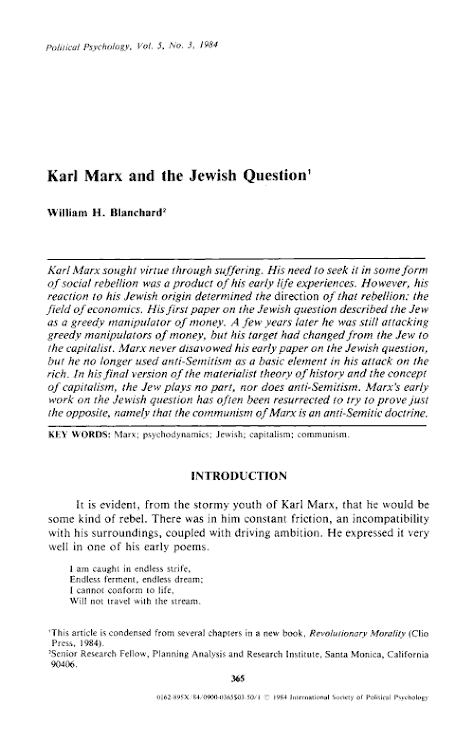




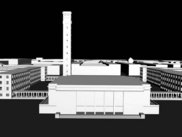






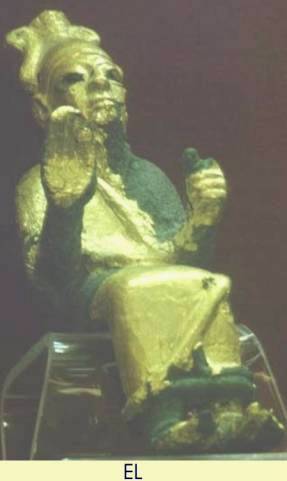




























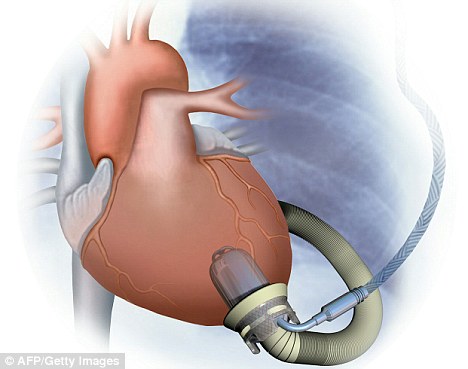
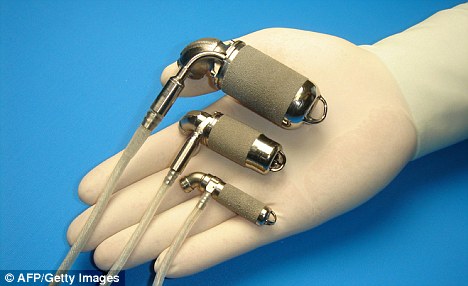
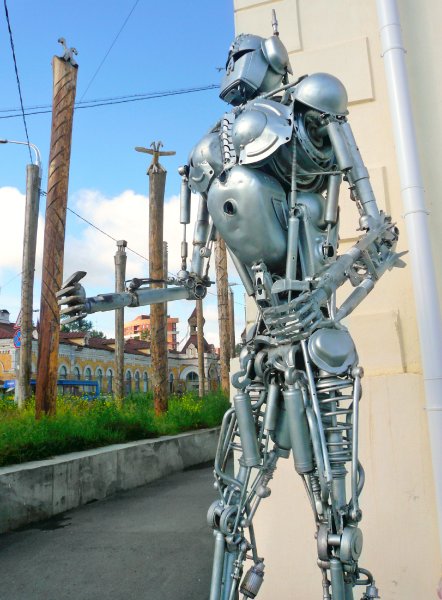


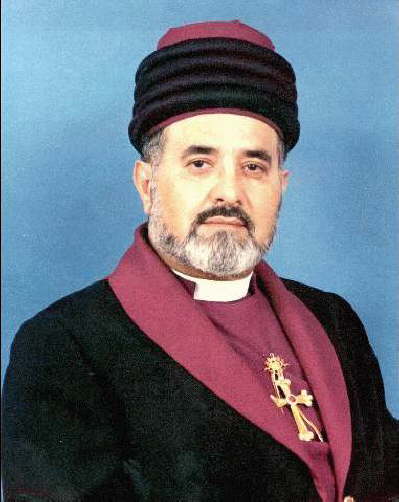+Anniversay+Dinner.jpg)





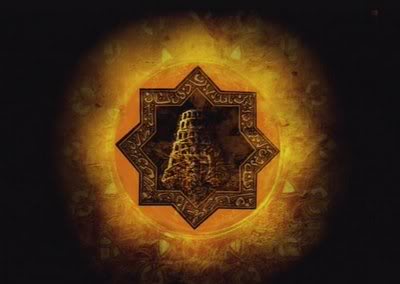





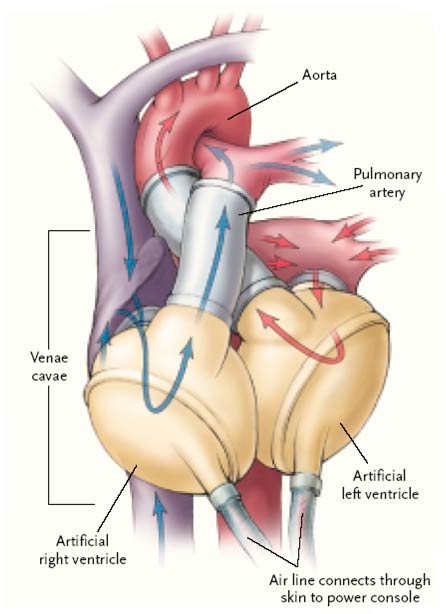



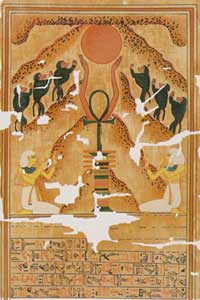








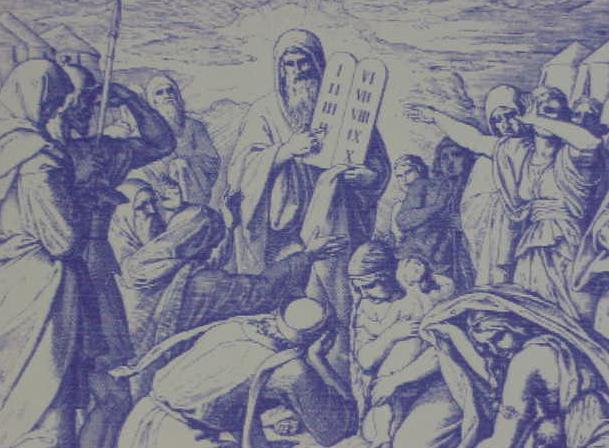
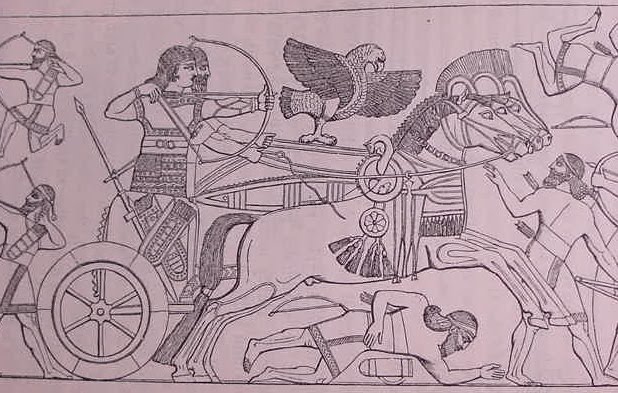



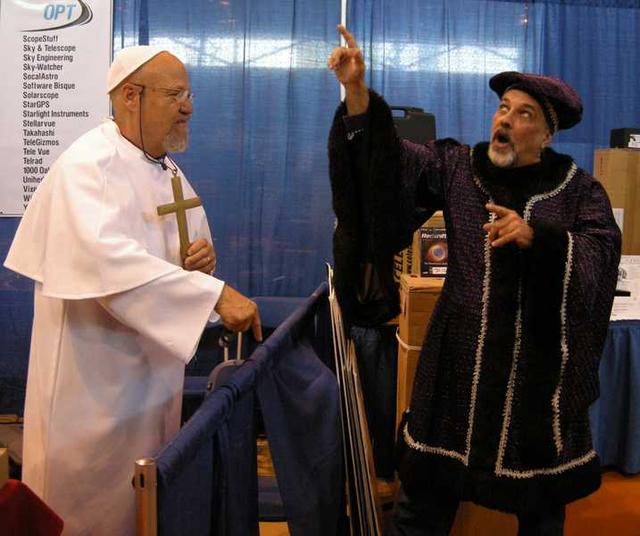




















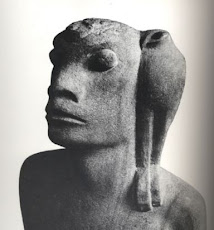












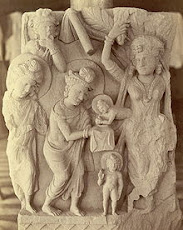



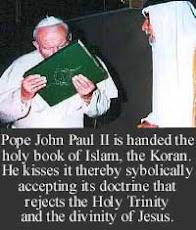


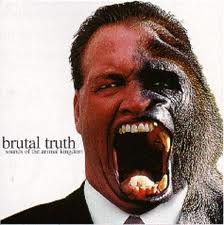


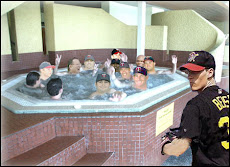






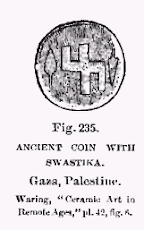



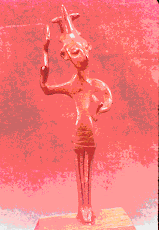






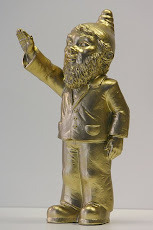










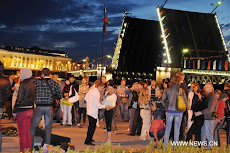

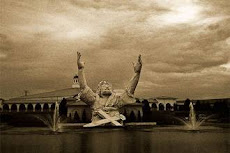














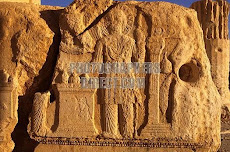


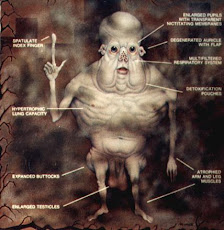






















No comments:
Post a Comment